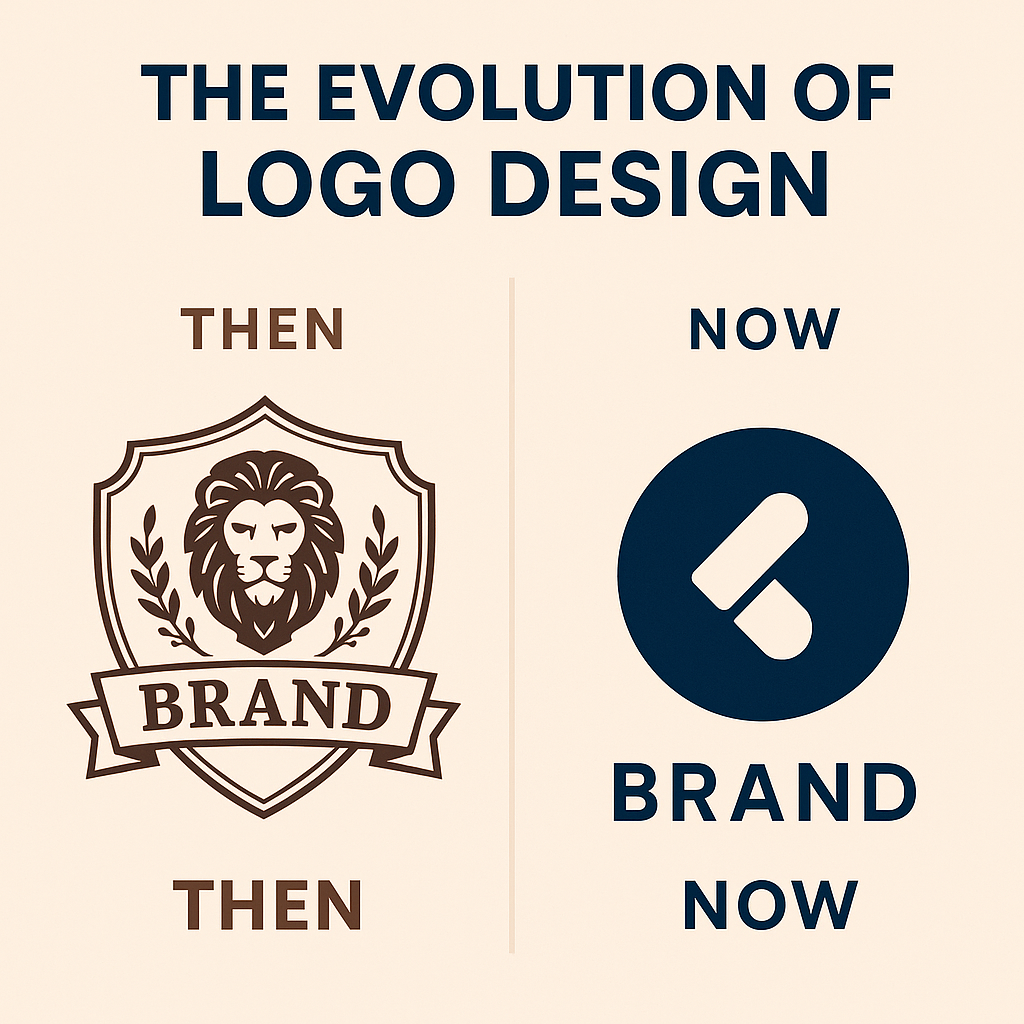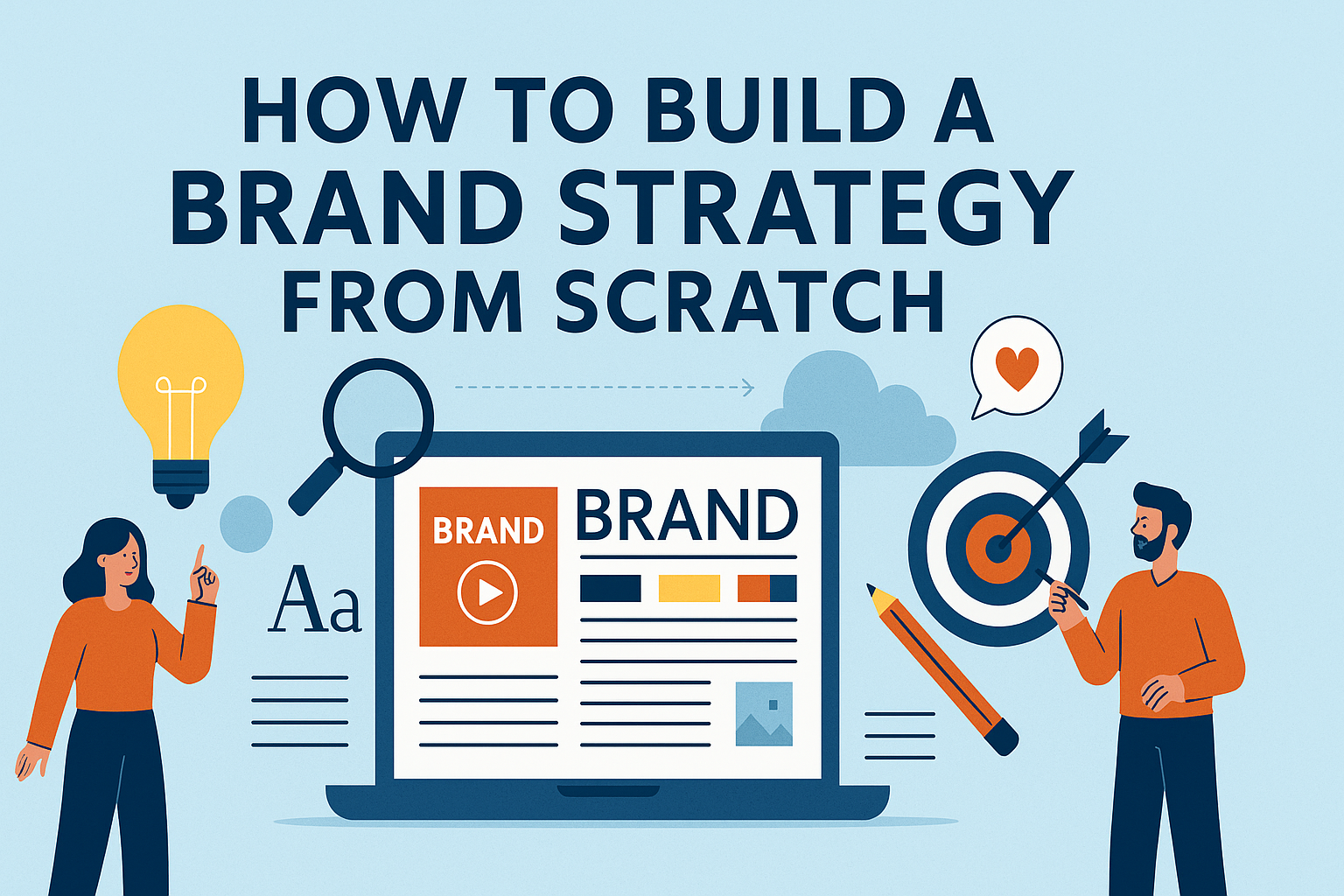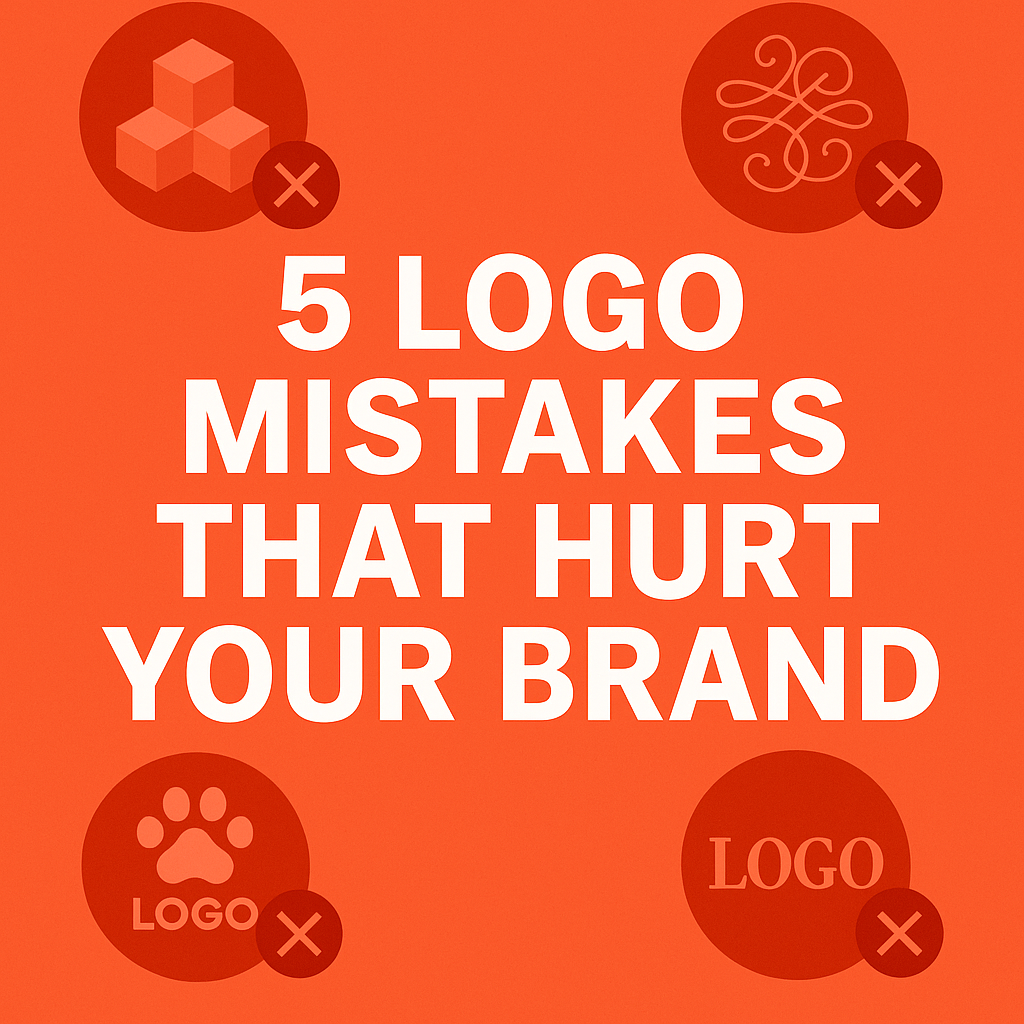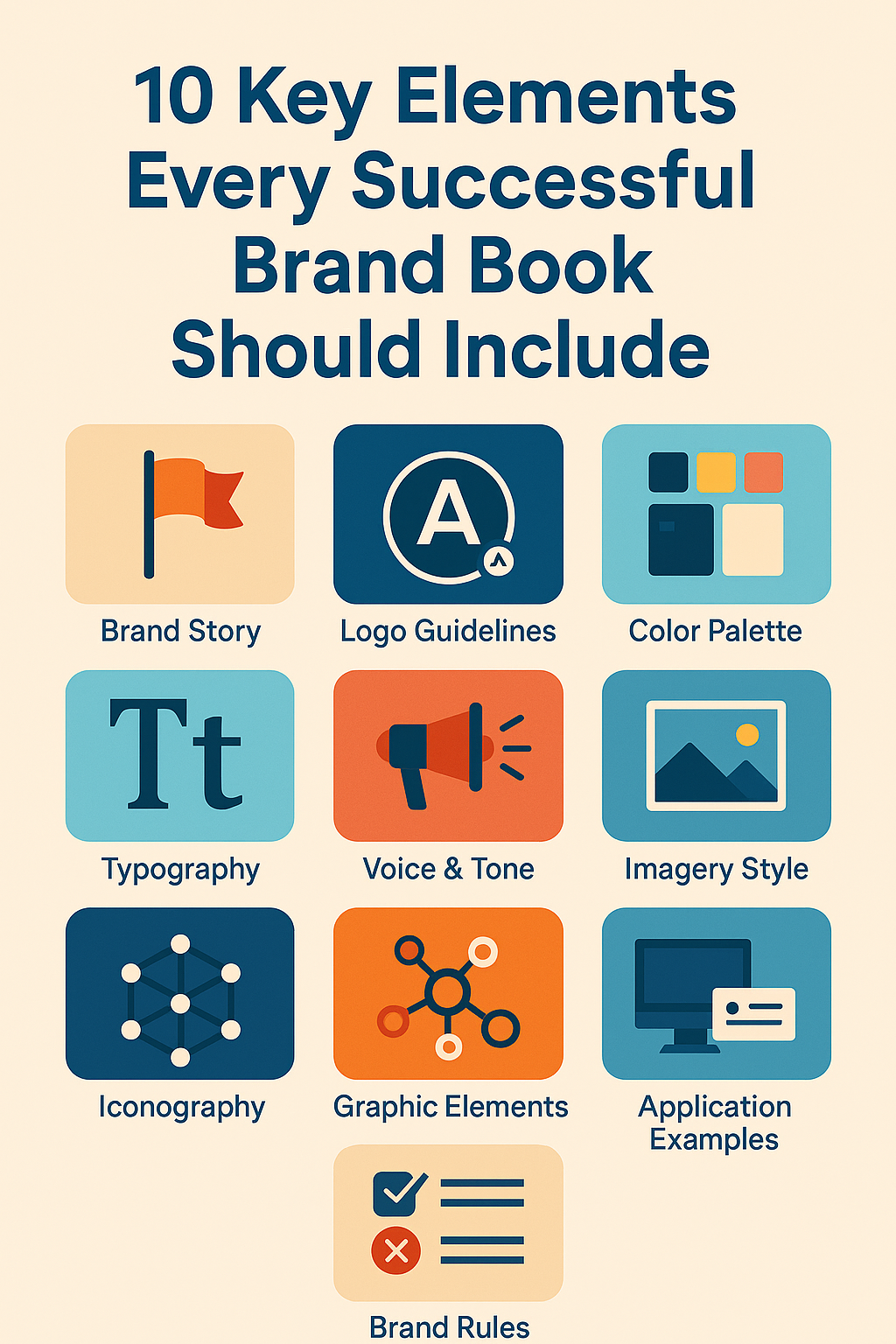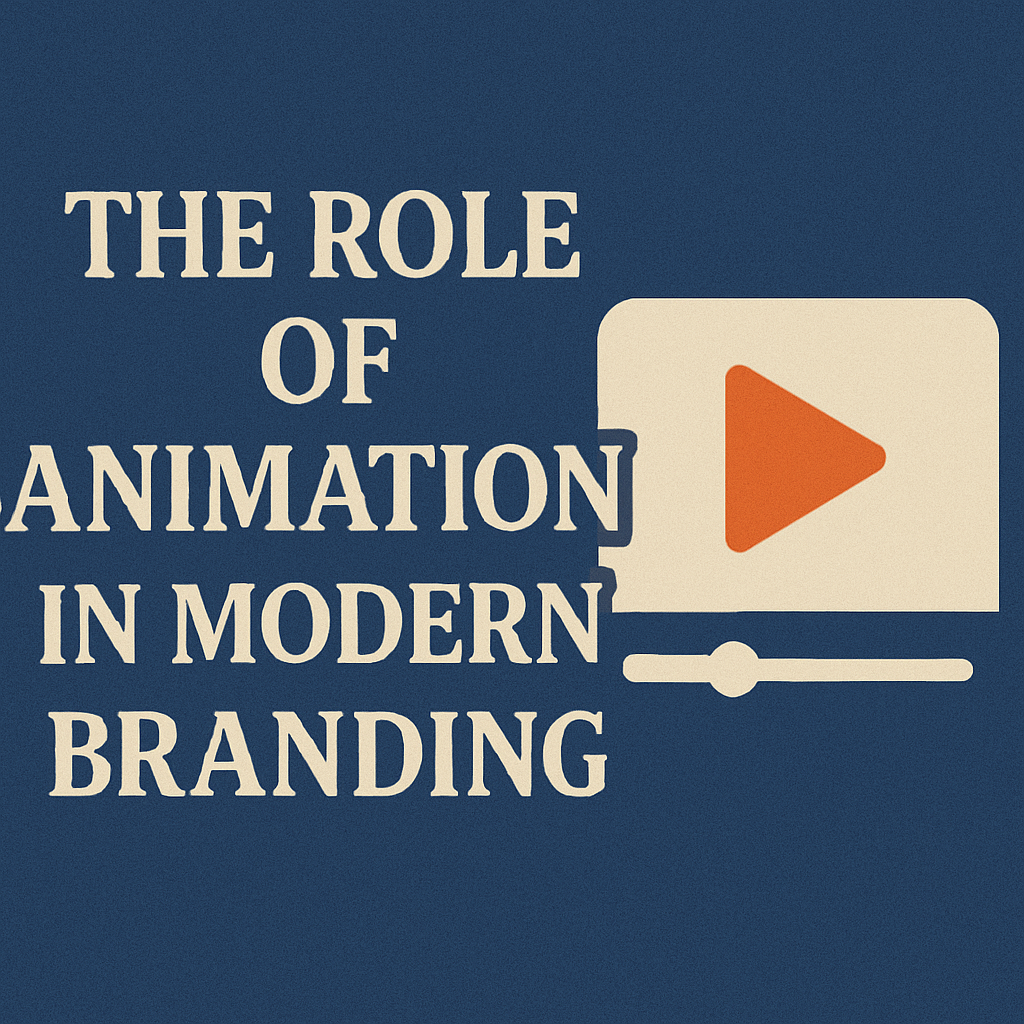
The Role of Animation in Modern Branding
Introduction: More Than Just Moving Pictures In a saturated digital landscape, attention is currency. With users scrolling past static content at lightning speed, animation has emerged as a powerful tool in modern branding. Whether it’s a logo that morphs with personality or a micro-interaction on a landing page, animation isn’t just a trend—it’s an expectation. Today’s consumers crave dynamic, immersive experiences. Animation helps brands deliver them with flair, functionality, and purpose. Why Animation Matters in Branding 1. Animation Tells a Story—Instantly Brands thrive on storytelling. Animation condenses complex narratives into seconds of movement that communicate emotion, tone, and message more effectively than text or still images. From explainer videos to social media loops, animation makes abstract ideas tangible and memorable. 2. Enhances User Engagement Animated content is proven to: Why? Because our brains are wired to notice motion—and good animation creates a sense of flow, progression, and delight. 3. Builds a Distinct Brand Identity Consistent animation styles—like motion logos, transitions, and hover effects—create a recognizable visual language that enhances brand recall. Think of: These aren’t just design flourishes—they’re branding assets. 4. Humanizes Digital Experiences Motion gives life to brand assets. Animated characters, expressive typography, or even subtle button animations create warmth and relatability. In a world driven by screens, animation helps bridge the emotional gap between brand and audience. 5. Makes Content More Accessible Animated infographics and explainer videos make complex information more digestible. They help break down silos of jargon into approachable, visual stories. For B2B brands and startups with technical products, this is a game-changer. Use Cases: Where Animation Adds Value 5 Frequently Asked Questions (FAQs) 1. Is animation expensive for small businesses? Not necessarily. With tools like Lottie, Canva, and After Effects templates, animation can be cost-effective even for startups. 2. Does animation affect website load time? When optimized correctly (SVG, Lottie JSON, compressed files), performance impact is minimal and can even improve engagement metrics. 3. What style of animation suits my brand? It depends on your brand tone. Minimalist for modern brands, playful for lifestyle brands, sophisticated for luxury—consistency is key. 4. Is animation better than video? Not better—different. Animation is ideal for abstract ideas, while video excels at real-world storytelling. The best brands use both strategically. 5. Can animation be used in email marketing? Absolutely! GIFs and Lottie animations in emails can dramatically increase click-through rates—just ensure they’re mobile-friendly. Final Thoughts Animation is no longer a luxury or gimmick—it’s a branding necessity. In a digital-first world, where your brand has just seconds to connect, motion can mean the difference between being ignored and being remembered.



